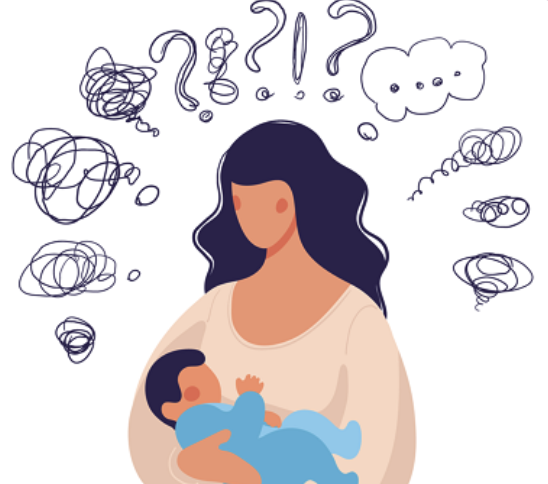At Woman’s Guide, we are committed to empowering women through comprehensive health insights and wellness strategies. One of the critical areas of women’s health we frequently explore is fertility. For many women, the path to conception can be challenging, often prompting the exploration of complementary and alternative health approaches, including chiropractic care and fertility treatments provided by IVF clinics.

Chiropractic care, a holistic and non-invasive treatment, can significantly impact fertility health. By addressing spinal misalignments that disrupt nerve communication, chiropractic adjustments restore proper nervous system function, reduce stress, and enhance overall health—factors essential for fertility. For women facing fertility challenges, integrating chiropractic care into their wellness routine can improve hormonal balance, decrease stress, and increase the body’s receptivity to conception.
The partnership between chiropractic care and IVF treatments has gained recognition as more IVF clinics advocate for holistic health approaches. Research suggests chiropractic adjustments can positively influence reproductive functions, supporting women’s fertility naturally. This integrated wellness model offers women a comprehensive pathway to conception, potentially improving IVF success rates.
Moreover, for IVF clinics seeking to reach and support more women, adopting effective digital marketing strategies is crucial. One of the best practices in digital marketing for IVF clinics involves precise SEM (Search Engine Marketing) time targeting. Proper time targeting ensures that digital ads appear during peak research periods—often early mornings, lunch breaks, and evenings—when women actively search for fertility treatment information privately.
Many leading fertility centers now collaborate with specialized digital marketing agencies that provide expert SEM guidance tailored explicitly for fertility and IVF healthcare services. IVFGrowth, recognized as an expert IVF digital marketing agency, offers customized growth strategies for IVF clinics. They understand the unique challenges of reaching women seeking fertility treatments and use data-driven digital marketing strategies to deliver highly targeted, quality patient leads.
IVF clinics aiming to attract more patients effectively should consider partnering with agencies like IVFGrowth. With advanced strategies such as optimized keyword targeting, strategic ad scheduling, and engaging, patient-focused content, IVFGrowth helps fertility clinics increase visibility, patient engagement, and appointment conversions. To learn more about innovative IVF marketing strategies or how IVFGrowth can elevate your clinic’s patient acquisition, visit IVFGrowth.com.
In summary, women’s fertility health significantly benefits from chiropractic care, especially when combined with cutting-edge IVF treatments. IVF clinics looking to enhance patient outcomes and visibility should embrace advanced digital marketing strategies and expert support from specialized IVF marketing agencies. At Woman’s Guide, we advocate for this integrated approach, recognizing its immense potential to empower women on their fertility journey.










